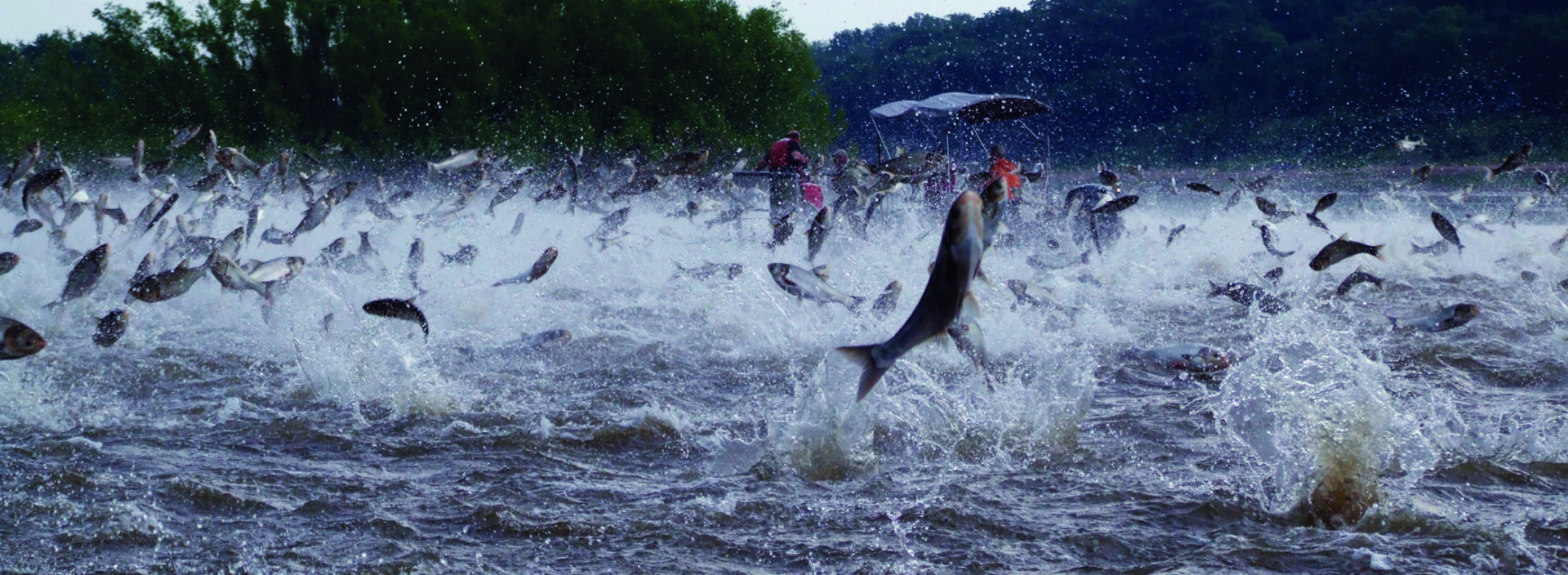Clean, Drain, Dry
While “Clean Drain Dry” is an effective method for reducing the risk of transporting AIS, sometimes drying the recommend 6+ days is not an option. Below are protocols for watercraft decontamination options that help reduce the risk of transporting AIS when drying is not practical.
Stop Aquatic Hitchhikers
One of the reasons the Stop Aquatic Hitchhikers! campaign has been so successful is because of its simple guidance. Almost anyone can clean, drain and then dry their watercraft, and these prevention activities have proven to be one of the most effective methods of reducing the risk of transporting AIS. Visual inspections are very effective at removing aquatic vegetation, while the drying is effective at killing the microscopic organisms left behind by the visual inspection.
Watercraft Decontamination
|
Option |
Advantage |
Disadvantage |
|
Drying |
Little effort, free, self |
6+ days for decon. |
|
Chemical Solution (Bleach, vinegar) |
Quick, inexpensive, self |
may not treat interior tanks and lines |
|
Hot Water Pressure Wash |
No chemicals, quicker than decon unit, self |
may not treat interior tanks & lines, lines to use unit |
|
Decon. Unit |
Complete decon. in 20-30 min |
trained applicator needed, cost, time, lines to use unit |



